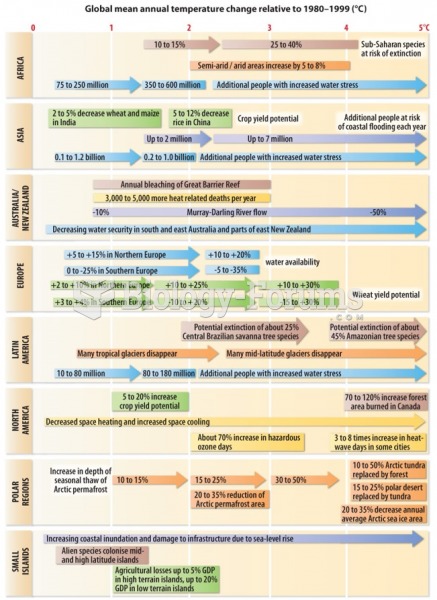|
|
|
The familiar sounds of your heart are made by the heart's valves as they open and close.
Historic treatments for rheumatoid arthritis have included gold salts, acupuncture, a diet consisting of apples or rhubarb, nutmeg, nettles, bee venom, bracelets made of copper, prayer, rest, tooth extractions, fasting, honey, vitamins, insulin, snow collected on Christmas, magnets, and electric convulsion therapy.
Bacteria have been found alive in a lake buried one half mile under ice in Antarctica.
Human stomach acid is strong enough to dissolve small pieces of metal such as razor blades or staples.
Pregnant women usually experience a heightened sense of smell beginning late in the first trimester. Some experts call this the body's way of protecting a pregnant woman from foods that are unsafe for the fetus.







